Dolphins have been branded as the ocean’s smiling sweethearts—playful, friendly, and impossibly photogenic. But behind that charming grin is a darker reality most people never hear about. These marine mammals are shockingly aggressive, cunning hunters, and sometimes downright cruel in ways that will change how you see them forever.
1. They Aren’t Always Friendly
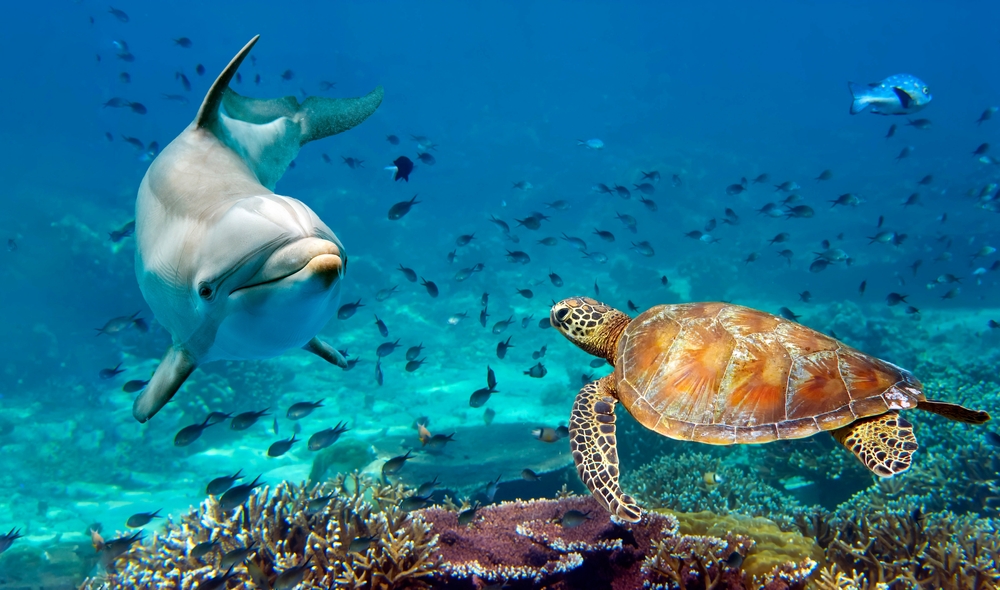
Despite their perpetual smile, dolphins are not always the friendly creatures we imagine. While they have a reputation for being playful and sociable, dolphins are also wild animals with survival instincts. They have been known to exhibit aggressive behavior, especially when they feel threatened or are competing for resources. It’s not uncommon for dolphins to assert dominance over other marine animals by ramming them with their snouts or tails. According to American Oceans, while dolphins are often perceived as friendly, there have been instances where they have shown aggressive behavior towards humans.
Humans should also be cautious when interacting with dolphins in the wild. There have been instances where dolphins, feeling cornered or stressed, have acted aggressively toward humans. Although rare, such encounters remind us that dolphins are powerful creatures capable of inflicting serious injury. Their playful nature can quickly turn into something far more dangerous when they’re provoked or when the situation is misconstrued. So, while dolphins might seem approachable and harmless, it’s essential to remember they’re still wild animals and respect their space.
2. They Have Sharp Teeth And Powerful Jaws
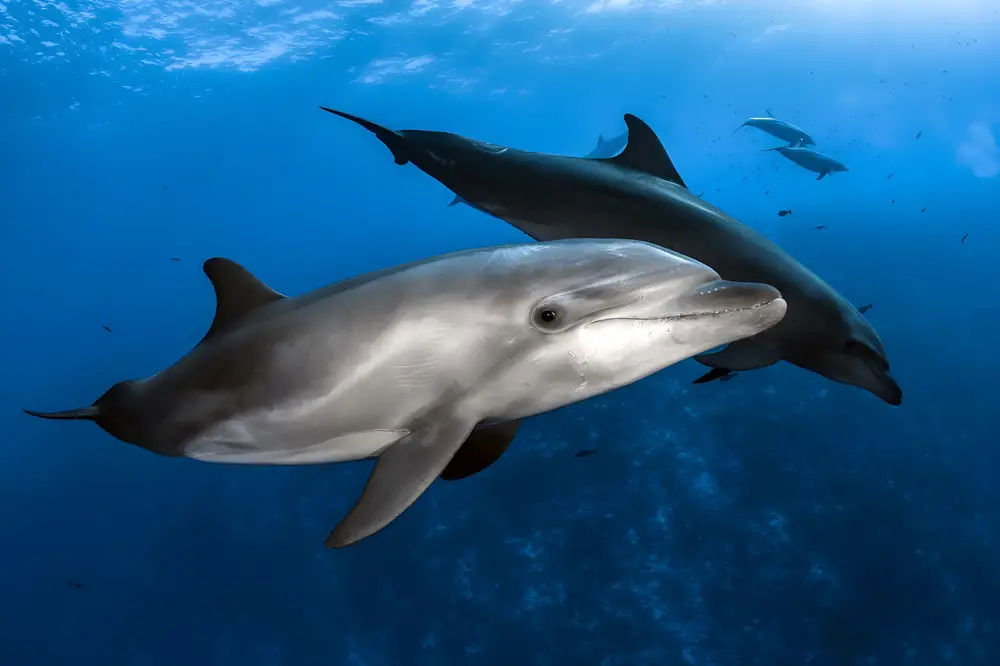
Dolphins might not be the first animals that come to mind when you think of sharp teeth, but they indeed pack a punch in the dental department. According to Whale and Dolphin Conservation, most dolphins have conical-shaped teeth of equal size in both upper and lower jaws, perfect for grasping fish and squid. These teeth are designed to hold onto slippery catches, and they’re not just for show—dolphins can deliver a powerful bite when necessary. While they don’t typically use their teeth in aggression towards humans, it’s essential to remember the damage they can cause if they feel threatened or cornered.
In addition to their teeth, dolphins have incredibly strong jaws. They use these powerful tools to capture prey and ward off threats when necessary. Dolphins have been observed using their jaws to grasp onto objects, other dolphins, or even humans when agitated. This jaw strength, combined with their sharp teeth, makes dolphins formidable opponents in the water. So, while they might look cute and cuddly, it’s essential to remember that dolphins are predators at heart and treat them with the respect they deserve.
3. They Engage In Gang-like Behavior
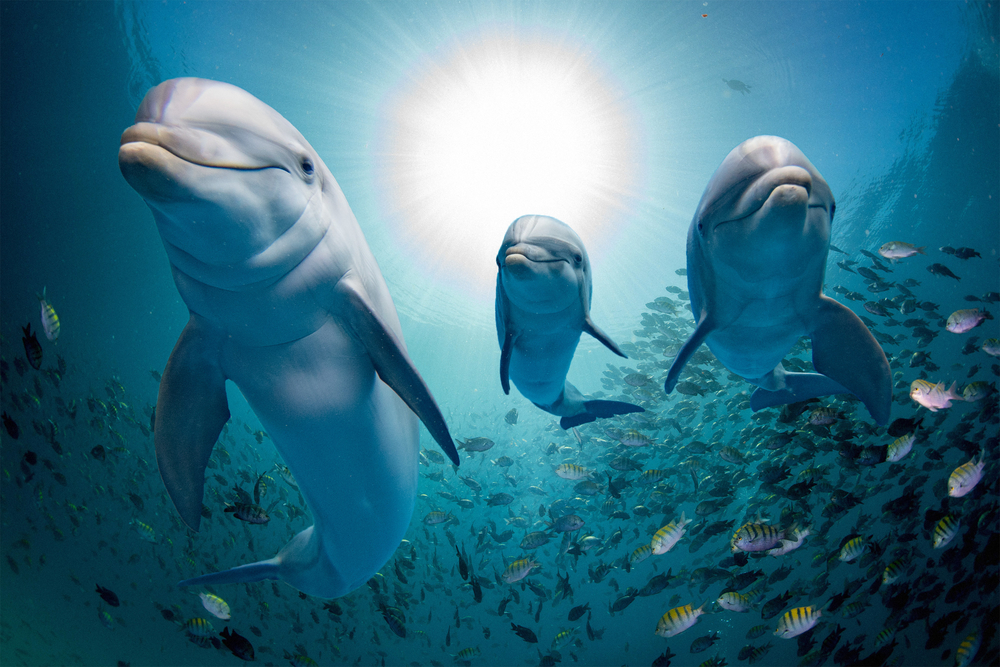
Dolphins are highly social animals, often living in complex groups known as pods. These pods can range from a few individuals to several dozen, and they operate much like a social club or gang. Dolphins within a pod work together to hunt, protect each other, and even engage in social play. However, this social structure can also lead to aggressive and coordinated attacks on other marine life. Pods have been known to work together to isolate and attack solitary animals, sometimes resulting in serious injury or death.
This gang-like behavior isn’t limited to interactions with other marine species. Dolphins have shown aggression towards humans when they feel their territory is threatened or when the pod perceives a human as a potential threat. Their ability to coordinate attacks makes them a formidable force in the water, and it’s a reminder that their social structure, while fascinating, can also make them dangerous. Swimming with dolphins might seem like a dream come true, but it’s essential to remember that you’re dealing with a group that operates on instincts that can quickly turn aggressive.
4. They Use Their Sonar To Manipulate

Dolphins are known for their extraordinary echolocation abilities, which they use to navigate, hunt, and communicate in the dark depths of the ocean. This sophisticated sonar system allows them to detect the size, shape, and speed of objects in their environment with astonishing accuracy. However, what many people don’t realize is that dolphins can also use echolocation as a tool for intimidation or aggression. By emitting a series of rapid clicks, they can disorient or confuse potential threats, whether they be other marine creatures or humans.
The ability to use echolocation for purposes beyond just navigation is a testament to the intelligence and adaptability of dolphins. In some cases, dolphins have been observed using echolocation to corral prey or even to communicate distress or dominance within their pod. This multi-purpose tool is part of what makes dolphins such skilled survivors in their oceanic environment. So, while their echolocation is fascinating and awe-inspiring, it’s also a reminder of the formidable arsenal of skills that dolphins possess.
5. They Have A Reputation For Harassing Other Marine Life
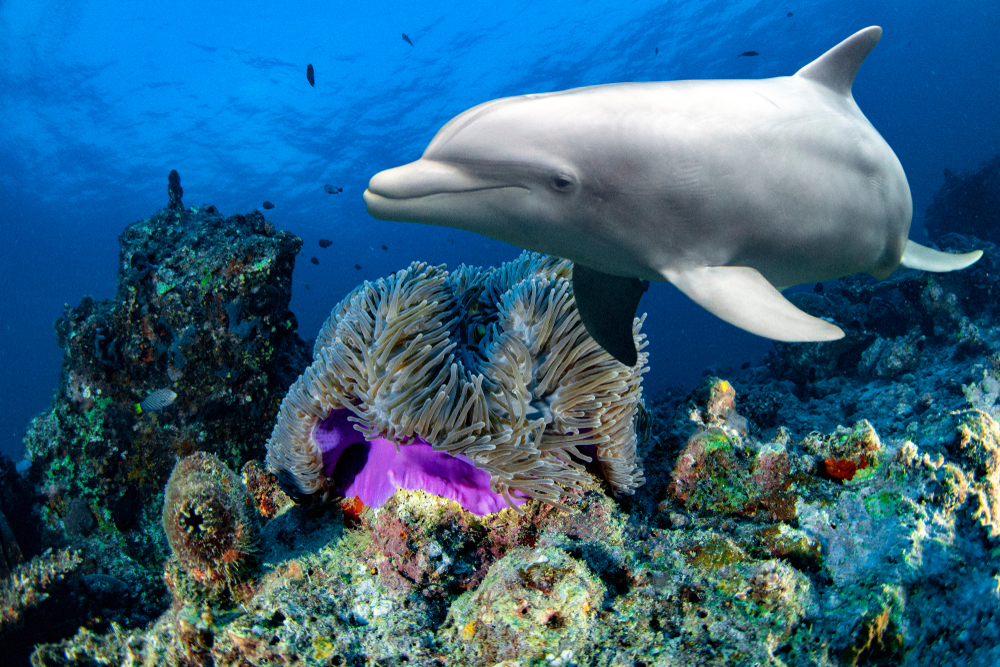
Dolphins aren’t always the peaceful sea creatures they’re often portrayed as. In fact, they’ve been known to harass and even bully other marine life, sometimes with fatal consequences. Porpoises, for example, often find themselves on the wrong end of dolphin aggression. There have been documented cases of dolphins attacking porpoises, leading to serious injuries or death. This aggressive behavior is believed to be rooted in competition for food or dominance in the marine hierarchy.
This bullying behavior isn’t limited to porpoises; dolphins have also been observed harassing seals, sharks, and even sea turtles. While it’s a natural part of their interaction with other species, it serves as a reminder that dolphins are not always the harmless creatures we imagine them to be. Their playful nature can sometimes mask a more aggressive side, especially when they feel their territory or resources are being threatened. So, while dolphins remain one of the ocean’s most fascinating species, it’s important to remember that they have a complex and sometimes aggressive relationship with their marine neighbors.
6. They Can Be Territorial And Aggressive
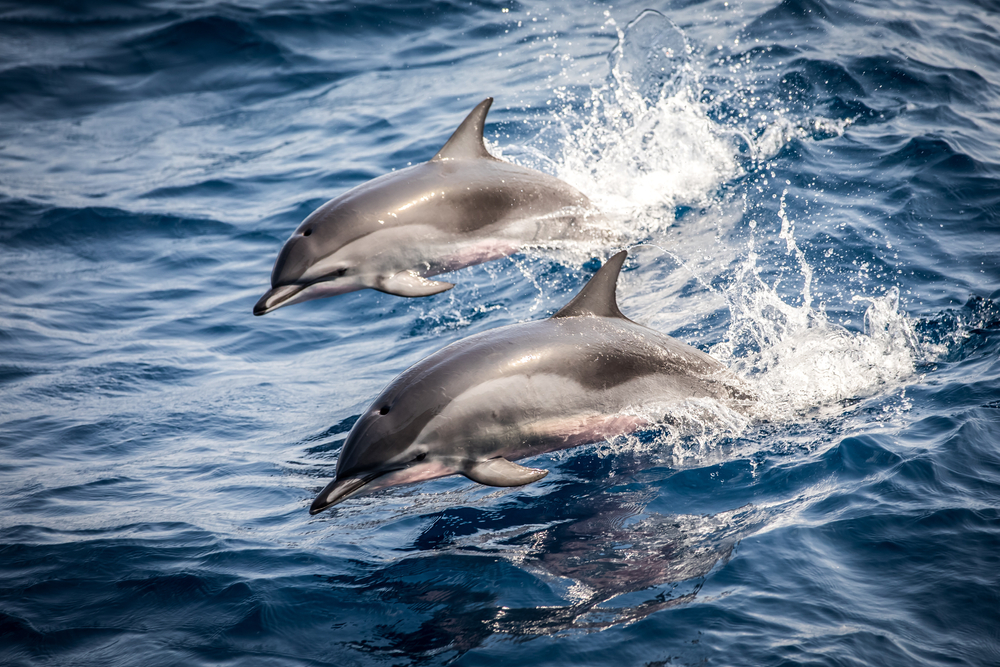
Dolphins have a strong sense of territory, and they’re not afraid to defend it. When they feel their home is being encroached upon, dolphins can become aggressive, displaying behaviors that might shatter their peaceful reputation. This territorial aggression can be directed at other marine creatures or even humans who venture too close to their perceived space. It’s a behavior deeply rooted in their survival instincts, as maintaining territory often means ensuring access to food and mating opportunities.
Human encounters with territorial dolphins, although rare, can be quite startling. Boaters, divers, or swimmers who unknowingly enter a dolphin’s domain may experience aggressive displays such as tail-slapping, head-butting, or even being herded away from the area. These interactions serve as a stark reminder that dolphins, while intelligent and social, are also wild animals with instincts that drive them to protect their resources. Respecting their territory is crucial for ensuring safe and harmonious interactions with these fascinating creatures.
7. The Males Exhibit Hostile Behavior During Mating Season
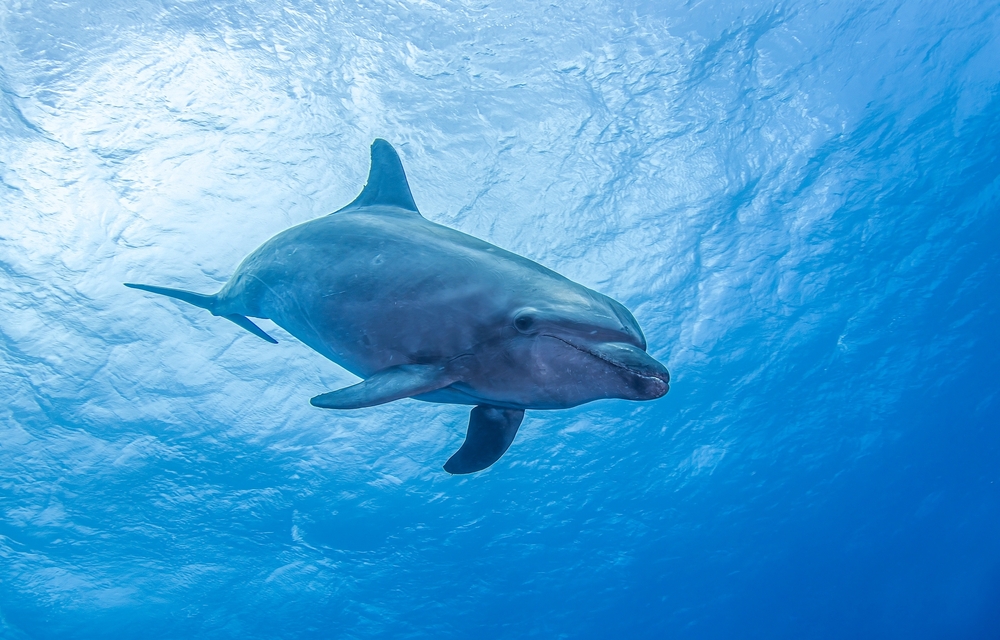
Dolphin mating season can bring out some of the more aggressive behaviors in male dolphins. Competition for mates can lead to aggressive displays and conflicts between males, often involving physical confrontations. These interactions can be quite brutal, as males use their strength, speed, and agility to vie for the attention of females. This aggression isn’t solely directed at rival males; females have also been known to bear the brunt of these interactions as males attempt to assert dominance.
The mating season can significantly alter the dynamics within a dolphin pod. While fascinating to observe, these behaviors are a reminder of the complex social structures and instincts that govern dolphin interactions. During this time, humans should exercise extra caution when engaging with dolphins, as the heightened aggression can lead to unpredictable behavior. Understanding these seasonal changes in dolphin behavior can help in fostering safer interactions and a deeper appreciation for their intricate social lives.
8. They Have The Power To Ram With Deadly Force
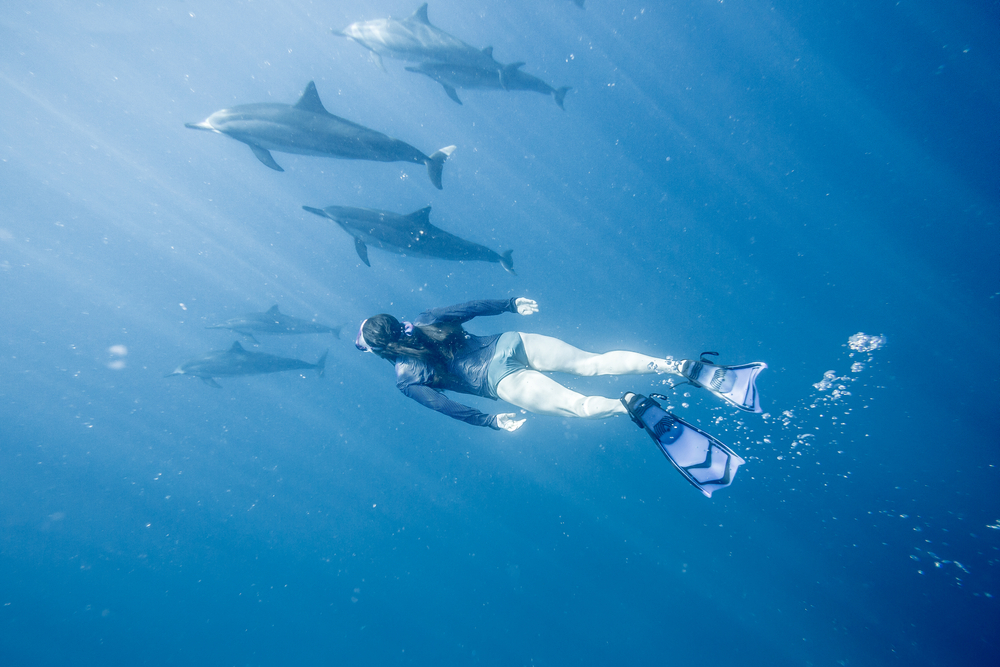
Dolphins are built for speed and agility, traits that are essential for their survival in the wild. However, these same traits can also make them formidable when it comes to ramming attacks. Dolphins have been known to use their powerful bodies to ram into other animals or objects with incredible force, sometimes with deadly consequences. This behavior is often used to establish dominance, defend territory, or even as a hunting tactic.
The sheer force of a dolphin’s ram is enough to stun or even kill smaller marine creatures like fish and squid. This technique allows them to incapacitate their prey quickly and efficiently. While dolphins don’t typically use this behavior against humans, it’s a testament to their strength and the potential danger they can pose if provoked. Respecting dolphins’ space and understanding their natural behaviors is essential for avoiding any unintended aggressive encounters.
9. They Can Play In A Violent Way
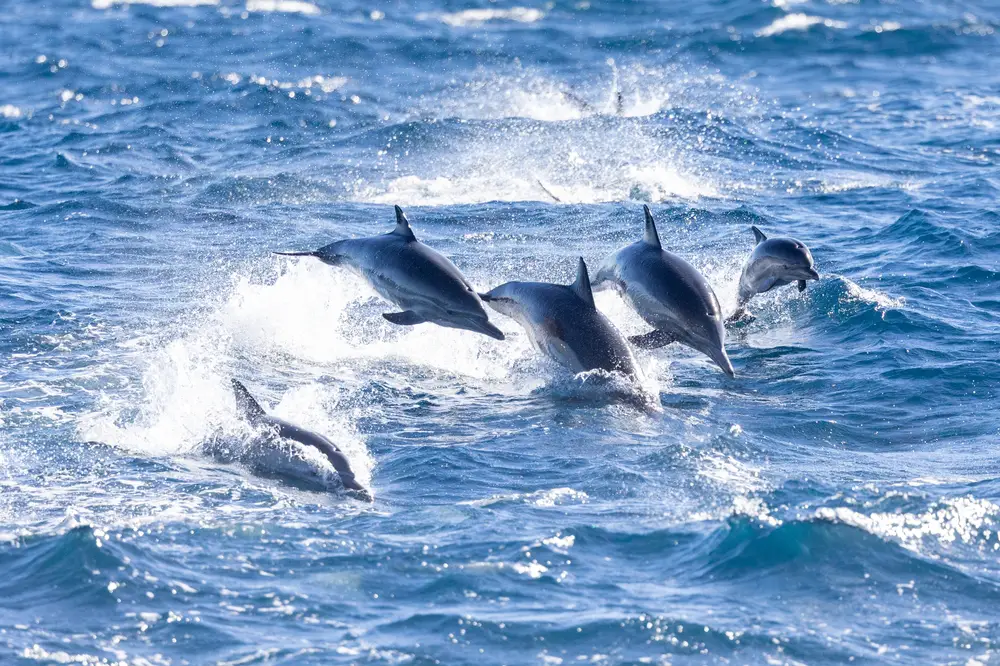
Dolphins are known for their playful nature, often engaging in games and social interactions with each other. However, what appears to be play can sometimes be surprisingly violent. Dolphins have been observed playing rough with each other, engaging in activities like chasing, biting, and tail-slapping. While these behaviors are often part of social bonding or establishing hierarchy within the pod, they can occasionally escalate into aggressive encounters.
This playful aggression isn’t limited to interactions with other dolphins. In some cases, dolphins have been seen playing with other marine creatures in ways that can be harmful or even deadly. For example, they’ve been known to toss around smaller animals like fish or squid, sometimes resulting in unintended harm. These behaviors highlight the complexity of dolphin interactions, where play and aggression can sometimes blur. Understanding this duality is crucial for appreciating the full spectrum of dolphin behavior.
10. They Can Be Wildly Unpredictable
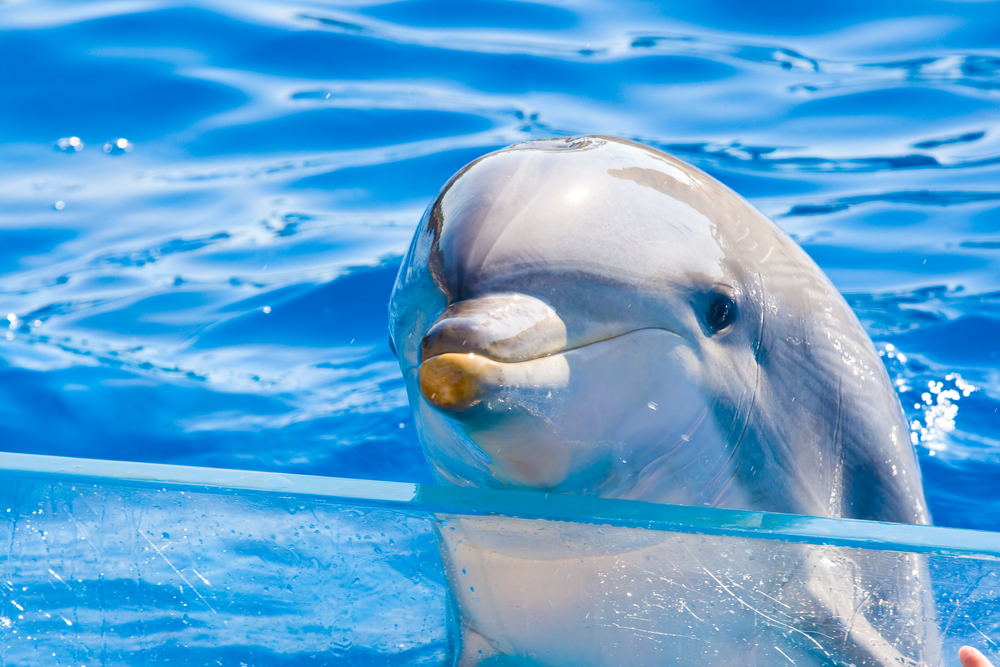
While dolphins in the wild are fascinating to observe, those in captivity can exhibit different and sometimes unpredictable behaviors. The stress and limitations of captivity can lead to increased aggression or erratic behavior, as dolphins cope with their confined environment. This unpredictability can manifest in various ways, from refusal to participate in shows to aggressive interactions with trainers or other dolphins.
Despite the best efforts of trainers and caregivers, the confined spaces and altered social dynamics of captivity can take a toll on dolphins’ mental and physical health. This can sometimes lead to incidents where dolphins unexpectedly lash out, posing risks to humans and other animals around them. Understanding the impact of captivity on dolphins is essential for creating environments that prioritize their well-being and reduce the likelihood of aggressive incidents. It’s a reminder that, while dolphins might seem at ease in aquariums or marine parks, they’re still wild animals with complex needs and behaviors.
11. They Can Hurt Their Young
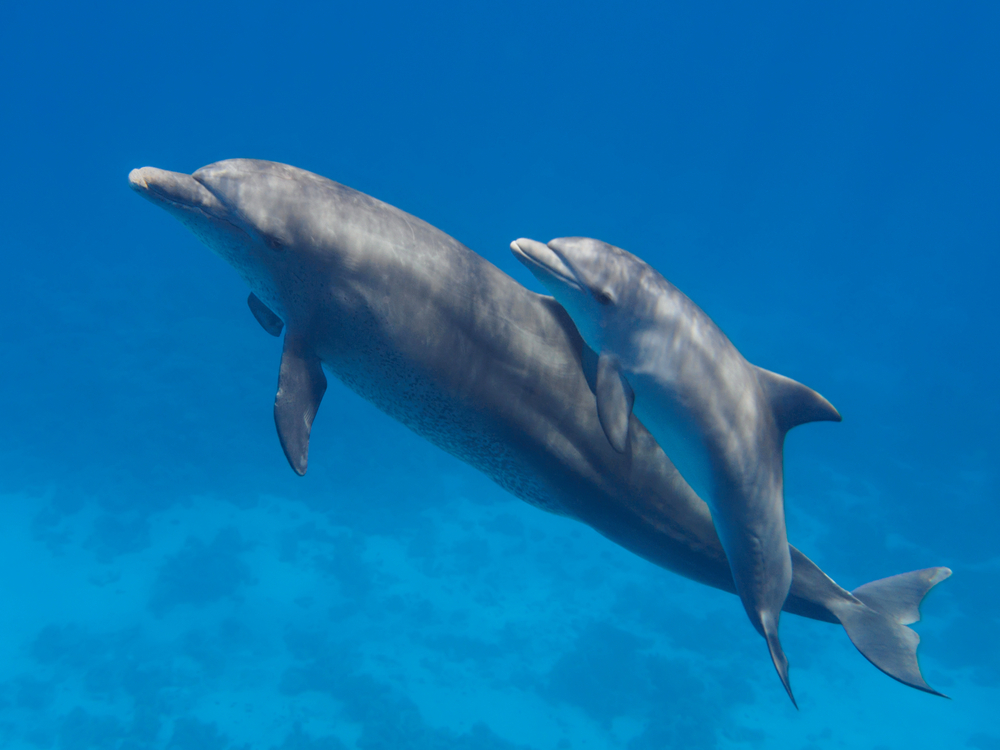
One of the more disturbing aspects of dolphin behavior is infanticide, where adult dolphins have been observed deliberately harming or even killing calves. This behavior is most commonly seen among male dolphins, often driven by competition for mating opportunities. By eliminating the offspring of rivals, males increase their chances of passing on their genes. While this might seem brutal, it’s a behavior observed in several animal species and underscores the complex and sometimes ruthless nature of animal instincts.
Infanticide highlights the darker side of dolphin social dynamics and the intense competition within pods. These actions can drastically alter the social structure of a pod, leading to shifts in alliances and behaviors. While it’s a natural part of their lifecycle, witnessing such behaviors can be unsettling for researchers and observers. It serves as a reminder that dolphins, despite their playful and intelligent facade, operate within a framework of survival instincts that can lead to harsh and violent outcomes.
12. They Can Communicate Aggressively
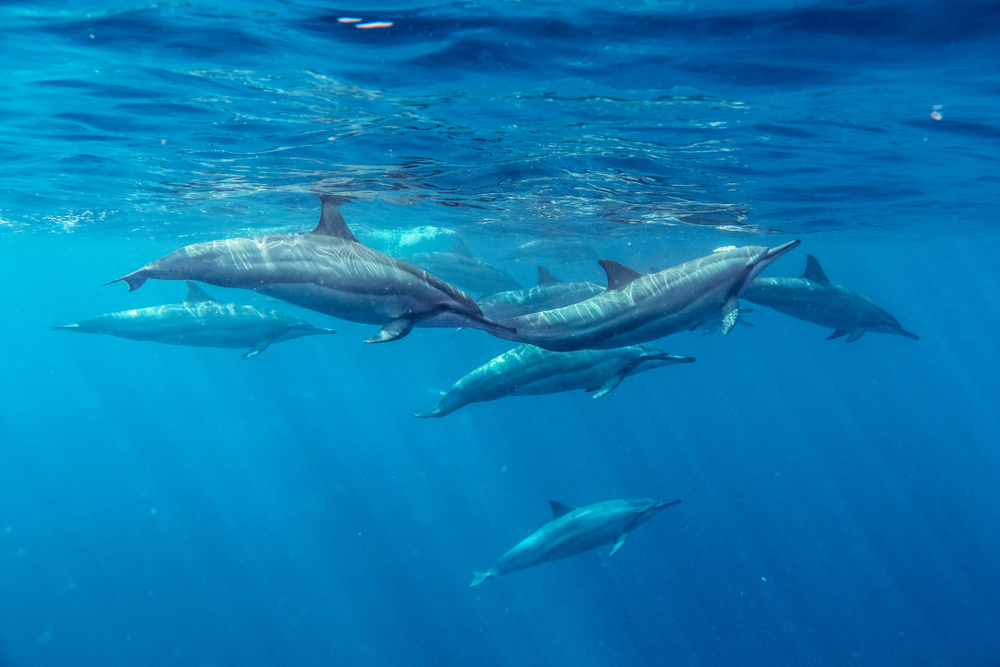
Dolphins are renowned for their complex communication skills, using a variety of clicks, whistles, and body movements to interact with one another. However, these same skills can be used to convey aggression or dominance within the pod. Dolphins can emit loud, sharp clicks or aggressive body postures to establish hierarchy or warn off potential threats. These signals are an essential part of their social interactions, helping to maintain order and resolve conflicts within the group.
Understanding dolphin communication can provide insights into their social structure and dynamics, revealing how they resolve disputes or assert dominance. This aggressive communication isn’t limited to interactions within the pod; dolphins can also use these signals when interacting with other marine creatures or even humans. Recognizing these behaviors is crucial for anyone studying or engaging with dolphins, as it helps in interpreting their actions and maintaining safe interactions. It’s a reminder of the sophistication and complexity of dolphin society and their ability to communicate both playfully and aggressively.
13. They Have Been Known To Attack Sharks
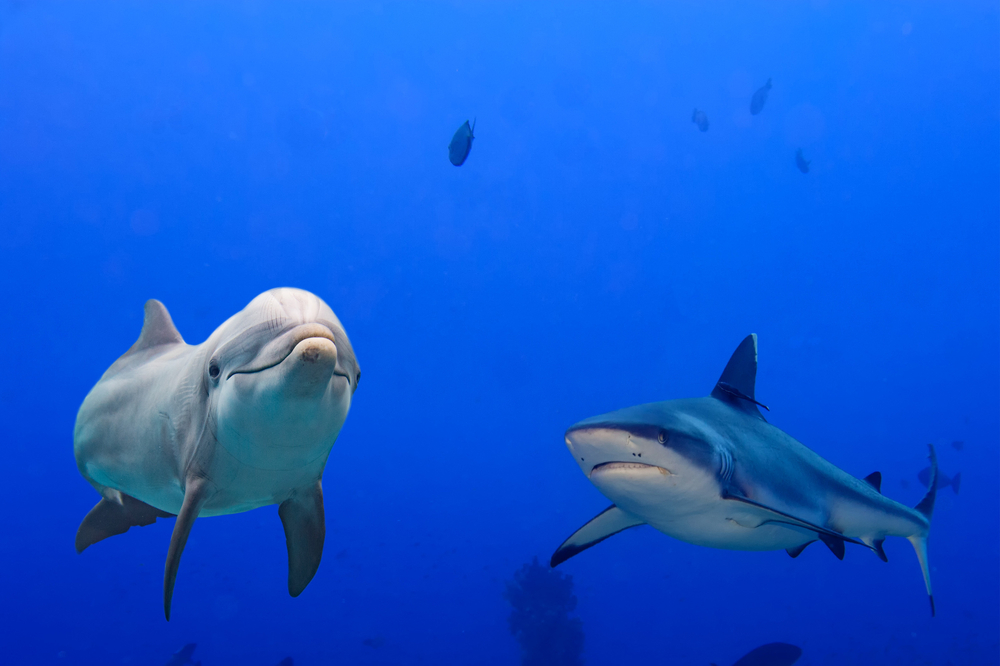
Dolphins might look cute and cuddly, but they are not afraid to take on some of the ocean’s most fearsome predators—sharks. Dolphins have been observed engaging with sharks, sometimes working together in pods to ward off or attack these formidable creatures. Using their speed, agility, and powerful ramming force, dolphins can effectively defend themselves against shark threats. This behavior showcases their intelligence and ability to strategize, turning what could be a dangerous encounter into a demonstration of their dominance.
While these interactions are often defensive in nature, they highlight the dolphins’ capacity for aggression when necessary. By banding together, dolphins can outmaneuver and outsmart solitary sharks, proving that there’s strength in numbers. This ability to take on larger, more dangerous predators is a testament to the adaptability and resourcefulness of dolphins. It serves as a reminder of their place in the marine food chain as both prey and predator, capable of holding their own against some of the ocean’s most dangerous residents.
14. They Can Manipulate Their Environment
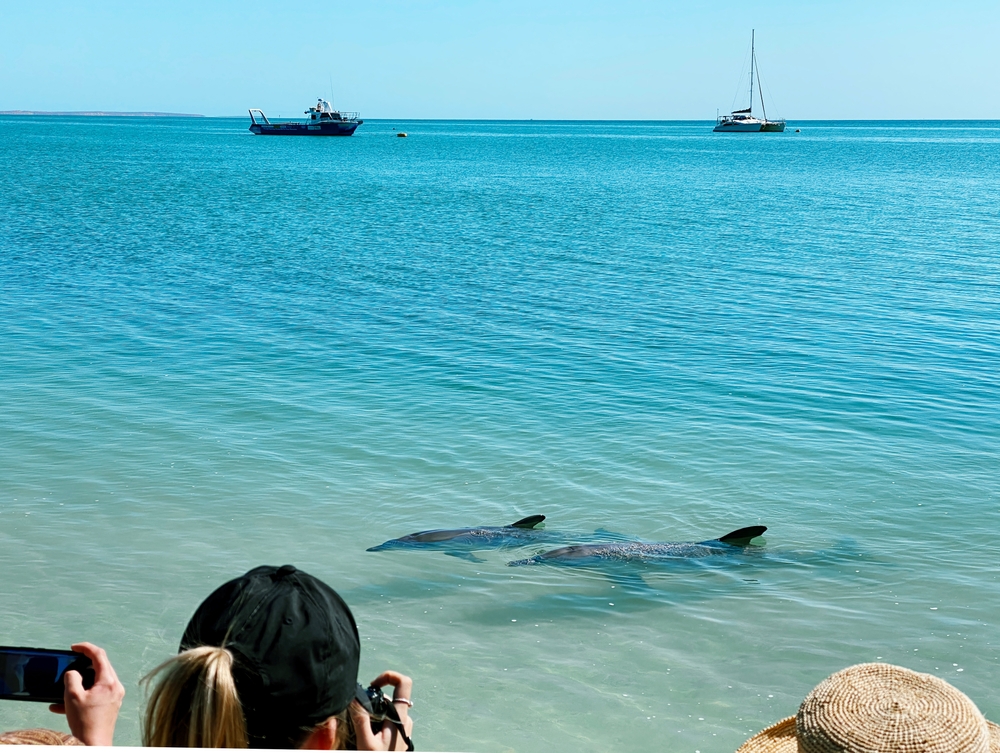
Dolphins are known for their intelligence and problem-solving abilities, which extend to their interactions with their environment. They have been observed using tools and manipulating objects in their surroundings to achieve specific goals, such as hunting or play. While this behavior is fascinating, it also demonstrates their capacity to alter their environment in ways that can be aggressive or territorial. Dolphins can use objects like rocks, coral, or even other animals to assert dominance or defend their territory.
This environmental manipulation adds another layer to the complexity of dolphin behavior, showcasing their ability to adapt and innovate. While it often serves practical purposes like hunting, it can also be used to display aggression or control within their social groups. Understanding this aspect of dolphin behavior can help researchers and observers appreciate the full spectrum of their interactions with the world around them. It’s a reminder of the dolphins’ remarkable intelligence and their ability to use it for both nurturing and aggressive ends.
15. They Have Complex [Dangerous] Social Structures
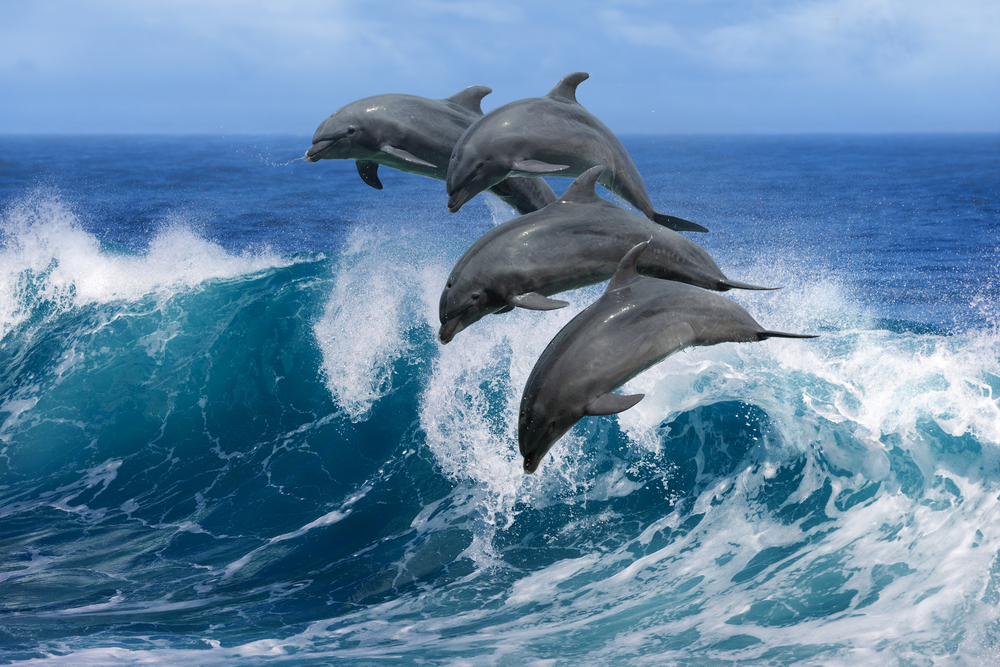
The social structures of dolphin pods are intricate and dynamic, often governed by a complex hierarchy and social rules. These structures are essential for maintaining order within the group, but they can also lead to aggressive behavior as individuals vie for status or resources. Dolphins establish and enforce their positions within the pod through a variety of behaviors, from playful displays to aggressive confrontations. This complexity makes dolphin society both fascinating and, at times, perilous for those involved.
Understanding these social dynamics is crucial for anyone studying or interacting with dolphins. The hierarchy within a pod can influence behavior, alliances, and even aggression levels, impacting how dolphins interact with each other and other species. While these structures are a natural part of their society, they remind us that dolphins are not just playful sea creatures but also complex social beings. Recognizing the nuances of their social interactions can lead to safer and more respectful engagements with these incredible marine animals.
